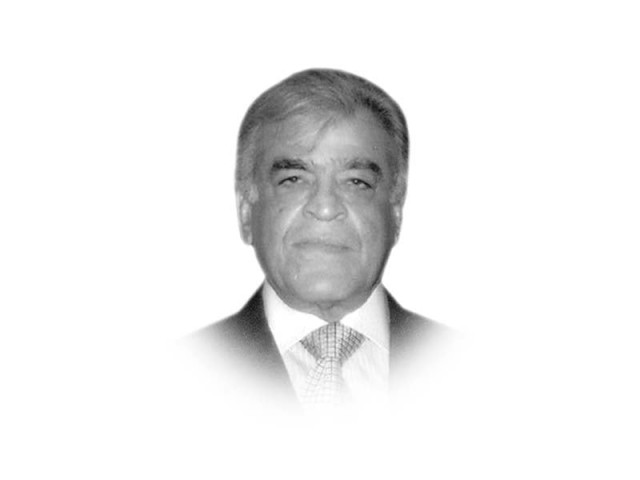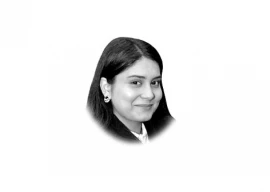
— Preamble to the Indian Constitution
The founding fathers of India, led by Jawaharlal Nehru, wanted to model India as a secular country. Nehru, a self-proclaimed agnostic, stood for secularism, democracy and scientific temperament. The three goals were enshrined in the Indian Constitution. Though Dr Ambedkar is regarded the prime architect of the Indian Constitution, however, Prime Minister Nehru wielded considerable influence in its framing. The provision of the Constitution, which mainly postulates secularism, is its Article 25. It grants citizens of India of all religious persuasions to profess and propagate their faith “in a way that does not disrupt public order and does not affect morality adversely”. These words are construed to act as a constraint to the anti-conversion laws. Many states in India have already passed anti-conversion laws. Some of them are Orissa (in 1967), Arunachal Pradesh (in 1978), Gujarat (in 2003), etc. Secularism, according to the Constitution, does not mean separation of religion and state like it does in the West. What it means is equal treatment to all religions. The personal laws of all religious communities, whether they are of Muslims, Hindus or Christians, continue to be enforceable.
The goal of secularism, set by the Indian Constitution, has been under threat since the death of Nehru. The change, however, was slow, almost imperceptible. But since the 1990s, it has accelerated. The demolition of Babri Masjid in 1992 is but one example. However, since the advent of the Modi government, the change has acquired gargantuan proportions.
One indicator of India moving away from the goal of secularism is the glorification, a near deification, of Sardar Vallabhbhai Patel, who was the first home minister of independent India. Patel was a staunch Hindu and had a clear bias against Muslims, and preference for capitalists. The two attributes were in clear contrast to Nehru’s views. No wonder Nehru’s contribution to the stability he provided to the Indian Union, his efforts in solidifying democratic institutions, developing industrial infrastructure and bestowing a solid base to the Indian educational system are being underplayed in present-day India. In contrast, Patel’s deification has acquired huge proportions. Plans are on to build an 1,182-metre tall statue for him in Sadhu-Bet Island in Gujarat. When completed, it would be the tallest statue in the world, twice the height of the statue of Liberty in New York.
Modi won a landslide victory in the previous Indian general elections as the nominee of the Bharatiya Janata Party (BJP). Though the party was established in 1980, it is the creature of the Rashtriya Swayamsewak Sangh (RSS), which was formed by K B Hedgewar in 1925. Previously, he was a member of the Hindu Mahasaba. Not finding it orthodox and aggressive enough, he wanted to establish a party which should exclusively devote to promoting cultural and religious heritage of Hindus, which in his view was the basis of Indian nationhood. The stalwarts of the party met Mussolini in Rome and declared their intention of organising it on the lines of the National Fascist Party of Italy. Radical and authoritarian Hindu nationalism became the creed of the RSS, which was also in line with the doctrine of Mussolini’s party.
Modi joined the RSS as a 10-year-old lad and remained its pracharak (full-time volunteer) for most of his life. His successful tenure as Gujarat’s chief minister, his vapid attitude towards solving the mystery of the Godhra train fire and the resultant massacre of thousands of Muslims, and above all, his resounding success in the 2014 elections have reinforced his ideological moorings derived from the BJP.
Hindutva is an important element of the BJP’s ideology. The party’s sub-group, the DJS, (established in October 2002) recently declared in no uncertain terms that “our target is to make India a Hindu Rashtra by 2021. The Muslims and Christians don’t have any right to stay here. So they would either be converted to Hinduism or forced to run away from here.” The group converted 250 Muslim to Hinduism in Agra in December 2014. It is hard to determine whether the conversion was by force, or coercion or bribery. Perhaps all the factors played their roles. The movement has been given the name of Ghar Wapsi (returning home) on the assumption (read assertion) that all Muslims and Christians in India were originally Hindus whose ancestors converted to other religions. Therefore, their conversion to Hinduism is regarded as re-conversion or a homecoming. The RSS supremo, Mohan Bhagwat, further played up this stance by stating: “Those who lost their way were separated from us. It is like a thief who steals our valuables. When the thief is caught, we will get our valuables back. They are ours.”
Hindutva has, to an extent, become a Frankenstein’s monster for Modi. There are some important Indian politicians who hold the opinion that the Modi government is not doing enough for its promotion. One of them is Sakshi Maharaj, a Hindu priest-turned-politician. He is a five times MP and a powerful person by virtue of his 10 million followers and his political clout. On several occasions, he has been charged by the police with rioting and inciting violence. He played an important role in the demolition of the Babri Mosque. Maharaj seeks to pass a law in the Indian parliament prescribing the death penalty for slaughtering cows. To him, Mahatma Gandhi’s assassin, Nathuram Godse was a patriot, who stopped Gandhi from protecting Muslims by assassinating him.
US President Barack Obama, who is otherwise highly laudatory of India’s economic progress, its culture and its leader, warned the Indian government against religious intolerance. He went to the extent of declaring that religious intolerance will stall India’s economic progress and wreck its democracy. Modi has not spoken out against intolerance, much less taken action against it. The International New York Times has editorially commented: “Mr Modi’s continued silence before such troubling intolerance increasingly gives the impression that he either cannot or does not wish to control the fringe elements of the Hindu nationalist right.”
Published in The Express Tribune, May 3rd, 2015.
Like Opinion & Editorial on Facebook, follow @ETOpEd on Twitter to receive all updates on all our daily pieces.













COMMENTS
Comments are moderated and generally will be posted if they are on-topic and not abusive.
For more information, please see our Comments FAQ